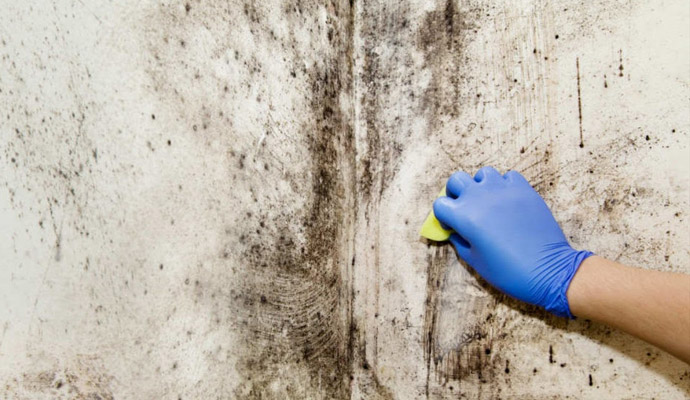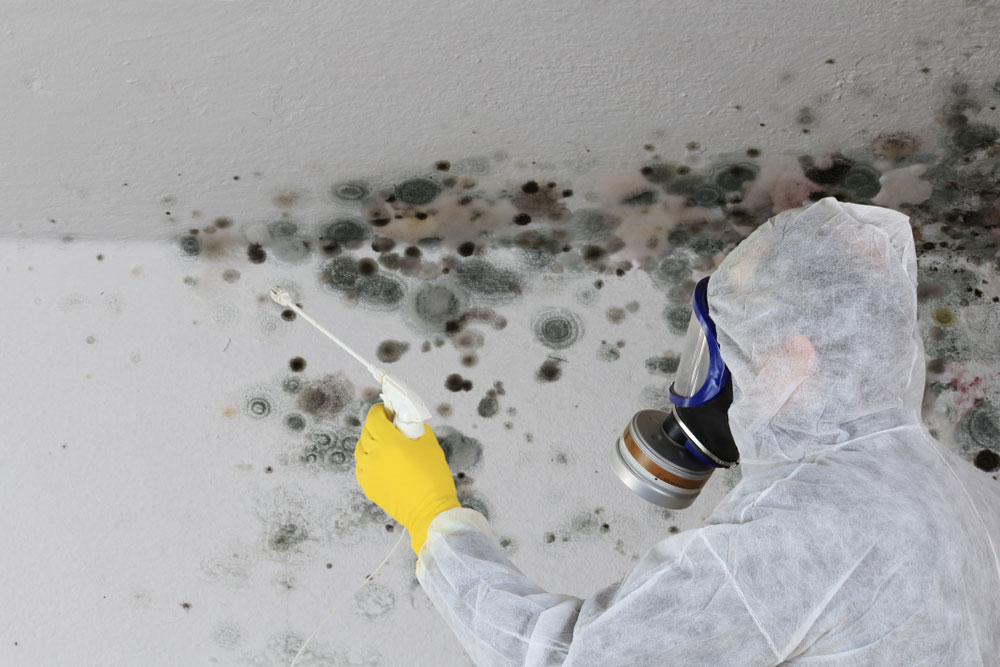Comprehending the Costs Involved in Specialist Mold Removal
Comprehending the Costs Involved in Specialist Mold Removal
Blog Article
Comprehending the Wellness Risks Linked With Mold And Mildew Removal in Your Home
Mold elimination in homes, while essential for keeping a healthy living atmosphere, lugs with it a variety of health threats that are typically taken too lightly. Comprehending these risks is paramount, as mold and mildew exposure can lead to substantial health concerns, including respiratory troubles and allergic responses, which can be specifically severe for vulnerable individuals. Mold Removal.
Typical Mold And Mildew Types and Risks
Mold and mildew, a dangerous visibility in lots of atmospheres, shows up in numerous forms, each with its own collection of risks. Stachybotrys, often referred to as black mold and mildew, thrives in moist, cellulose-rich materials such as wood and paper.
Aspergillus, an extremely versatile mold, can expand on a variety of surface areas, including textiles, wall surfaces, and ceilings. It prevails in both indoor and outdoor atmospheres and can proliferate under diverse problems. While not all pressures of Aspergillus are damaging, some can launch irritants and contaminants that may position issues when inhaled or spoken to.
Penicillium is an additional usual mold type that is characterized by its quick development and green or blue appearance. It often colonizes water-damaged products, including carpets, wallpaper, and insulation. The spores of Penicillium are conveniently air-borne, making it a persistent hazard in endangered indoor environments. Each of these molds requires mindful recognition and administration to mitigate possible threats successfully.
Wellness Dangers of Mold Exposure
Recognizing the types of mold and their prospective risks establishes the phase for analyzing the health threats related to mold exposure. Mold, a kind of fungus, can expand indoors and become a resource of countless health and wellness issues. When mold and mildew spores are inhaled or come into contact with skin, they can activate allergies and respiratory issues. Signs often consist of sneezing, coughing, skin breakouts, and irritability of the eyes, throat, and nose. People with pre-existing respiratory system conditions such as asthma or persistent obstructive pulmonary disease (COPD) are particularly vulnerable to mold direct exposure, as it can exacerbate their signs.
In addition, particular mold and mildews produce mycotoxins-- secondary metabolites that can be specifically dangerous when breathed in or ingested. Extended direct exposure to these hazardous mold and mildews, such as Stachybotrys chartarum, can result in extra serious health and wellness results, including neurological issues and compromised immune actions. Babies, the senior, and people with weakened immune systems face enhanced danger of major health and wellness problems because of mold and mildew exposure.
Understanding these wellness risks highlights the importance of addressing mold problems without delay and successfully. Acknowledging the signs and potential long-lasting effects of mold and mildew direct exposure is critical in preserving a healthy and balanced indoor atmosphere and protecting personal health.
Safe Mold And Mildew Removal Techniques

For porous materials like drywall or disposal, elimination and carpeting are commonly the best choices, as mold and mildew can penetrate deeply. When using chemical mold eliminators or biocides, adherence to supplier guidelines makes certain effectiveness and safety.
Control of the workspace is another vital step. Sealing impacted zones with plastic bed linen avoids mold spores from spreading out during removal initiatives. In addition, utilizing HEPA hoover and air purifiers can capture airborne spores, decreasing the danger of inhalation. By employing these techniques, mold removal can be carried out securely and effectively, reducing wellness hazards.
Safety Equipment and Equipment
Reliable mold elimination demands using appropriate safety equipment and tools to safeguard against potential wellness dangers. Mold spores, when disturbed, can become air-borne and posture serious allergic reactions and respiratory problems. Therefore, individuals entailed in mold and mildew remediation need to prioritize individual security by furnishing themselves with suitable safety equipment.
Leading amongst safety gear is using an N95 respirator or a much more robust mask, such as a P100 respirator, to avoid breathing of mold and mildew spores. These respirators are created to strain at the very least 95% of airborne bits, guaranteeing respiratory security. Moreover, using gloves made of rubber, nitrile, or neoprene is important to stay clear of skin contact with mold and mildew and cleaning solutions.
Safety clothing, such as non reusable coveralls or clothes that can be conveniently cleaned in hot water, is also important to avoid mold and mildew spores from adhering to personal clothing. Safety goggles or full-face respirators shield the eyes from irritability brought on by mold direct exposure. Furthermore, to ensure detailed security, individuals need to make use of footwear covers or commit a pair of footwear specifically for mold and mildew removal tasks.
Using these protective steps reduces the risk of health difficulties, highlighting the relevance of comprehensive preparation in mold and mildew remediation initiatives.

Expert Vs. Do It Yourself Mold Elimination
Picking between specialist and do it yourself mold removal can substantially affect both the efficiency of the removal procedure and the health of those entailed. Expert mold and mildew removal services provide knowledge, advanced tools, and comprehensive methods to completely eliminate mold while lessening health risks. Service technicians are trained to examine the extent of the mold infestation properly, recognize covert mold and mildew sources, and execute reliable control steps to avoid more spread - Mold Removal. They utilize customized tools, such as HEPA vacuum cleaners and air scrubbers, which are often unattainable to the ordinary homeowner.
In comparison, do it yourself mold removal can be a cost-efficient option however commonly lacks the accuracy and thoroughness helpful resources of specialist services. Homeowners might not Find Out More have the required experience to recognize all affected areas, potentially leaving behind mold and mildew that can grow back. Additionally, inappropriate handling can worsen health dangers, as troubling mold and mildew without suitable safety gear can launch spores into the air, increasing direct exposure.
Ultimately, the selection in between expert and DIY mold elimination need to be affected by the scope of the infestation, the wellness problems of those in the household, and the property owner's capacity to successfully manage the removal procedure without endangering safety. Mold Removal. Prioritizing wellness and efficiency is vital in this decision

Final Thought
Mold and mildew removal in property setups poses substantial health dangers, demanding a comprehensive understanding of these dangers to make certain effective mitigation. Exposure to different mold and mildew kinds can lead to allergic reactions and breathing concerns, specifically in vulnerable populations.
Mold removal in homes, while needed for keeping a healthy and balanced living environment, carries with it a variety of health and wellness threats that are often ignored.Comprehending the types of mold and their prospective dangers sets the stage for checking out the wellness threats linked with mold and mildew direct exposure.Reliable mold removal demands the use of suitable protective gear and tools to guard versus possible health and wellness dangers. Professional mold remediation services supply competence, advanced tools, and extensive techniques to thoroughly remove mold browse around this site and mildew while lessening health and wellness dangers. Specialists are educated to examine the degree of the mold infestation properly, determine covert mold resources, and execute reliable containment actions to prevent more spread.
Report this page